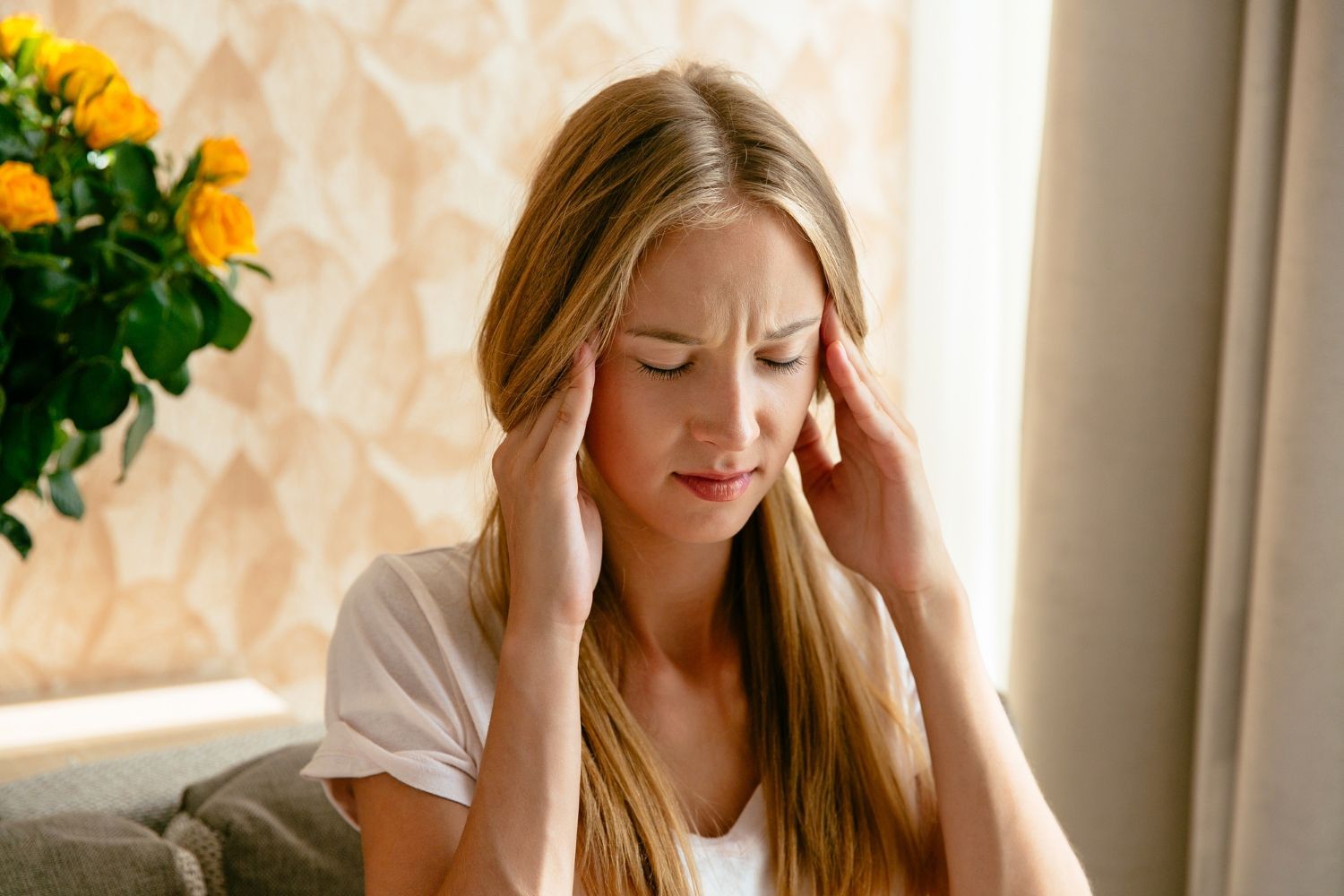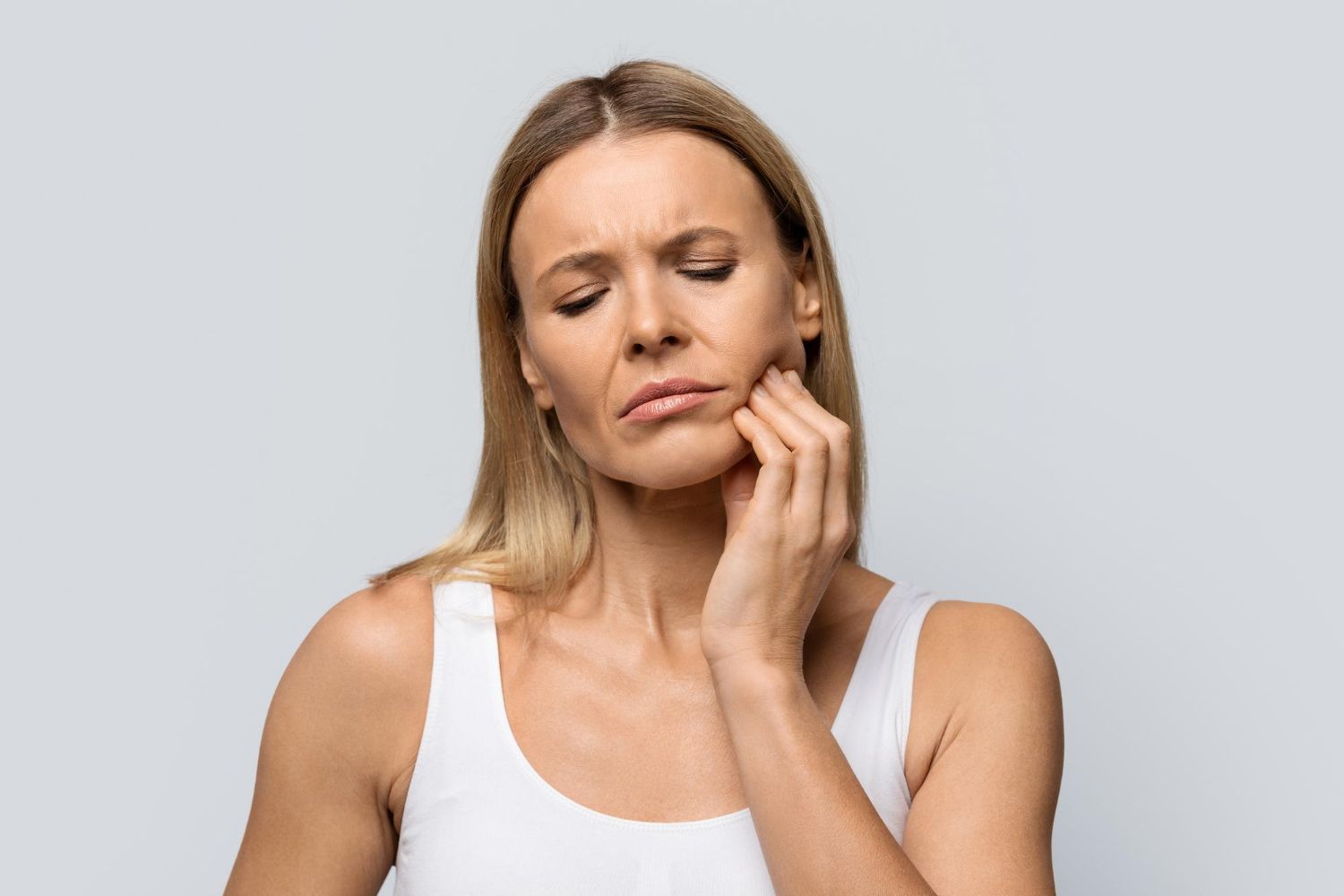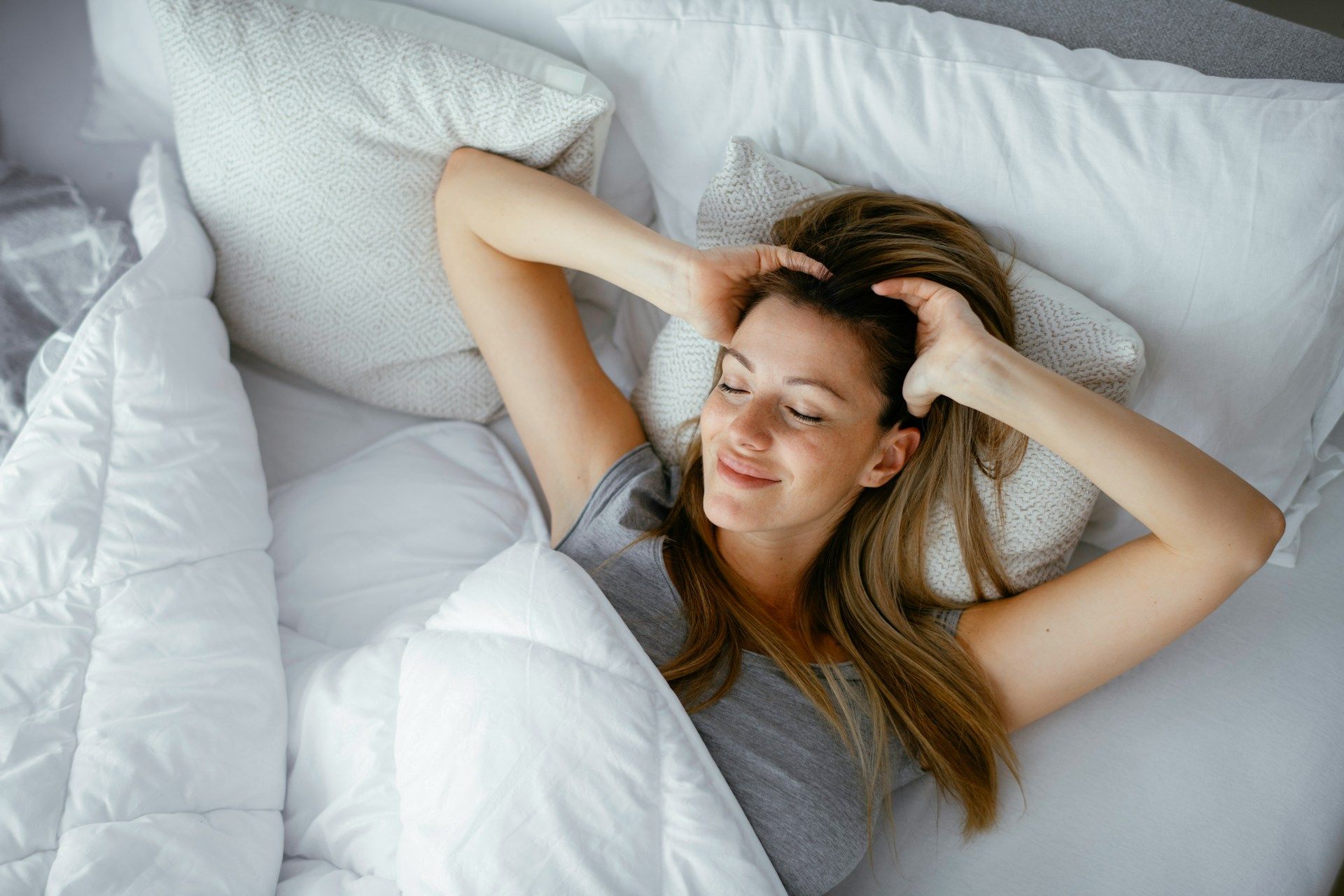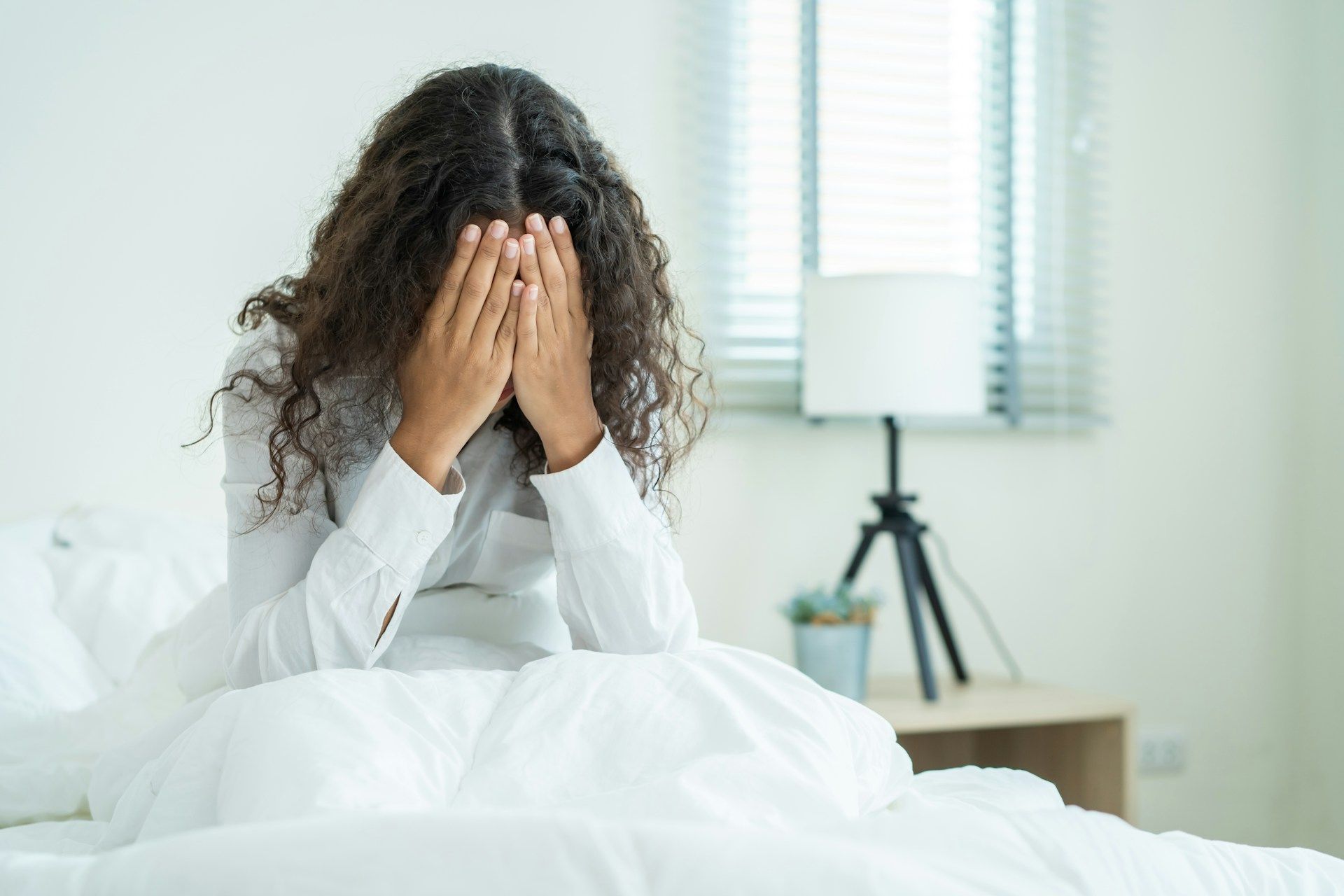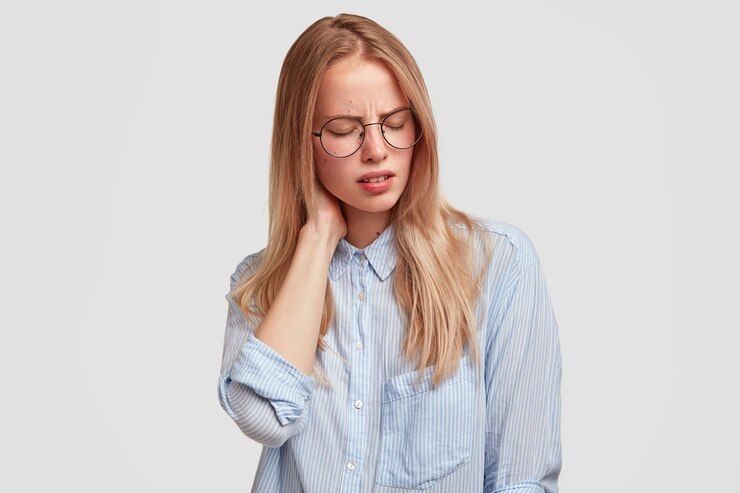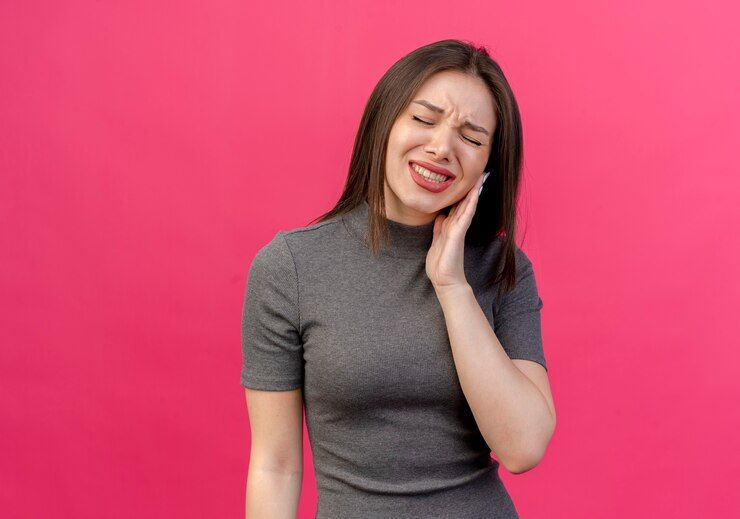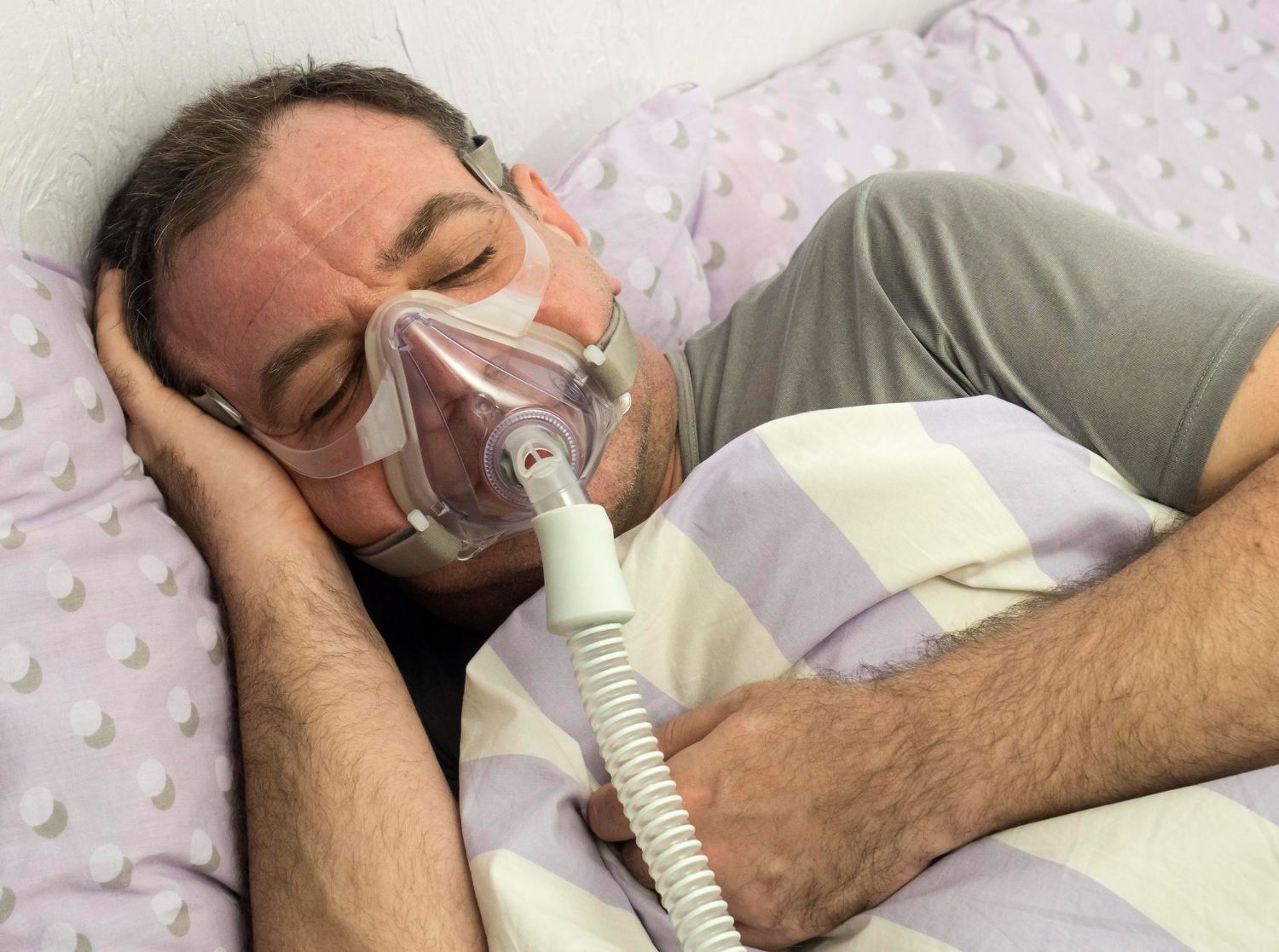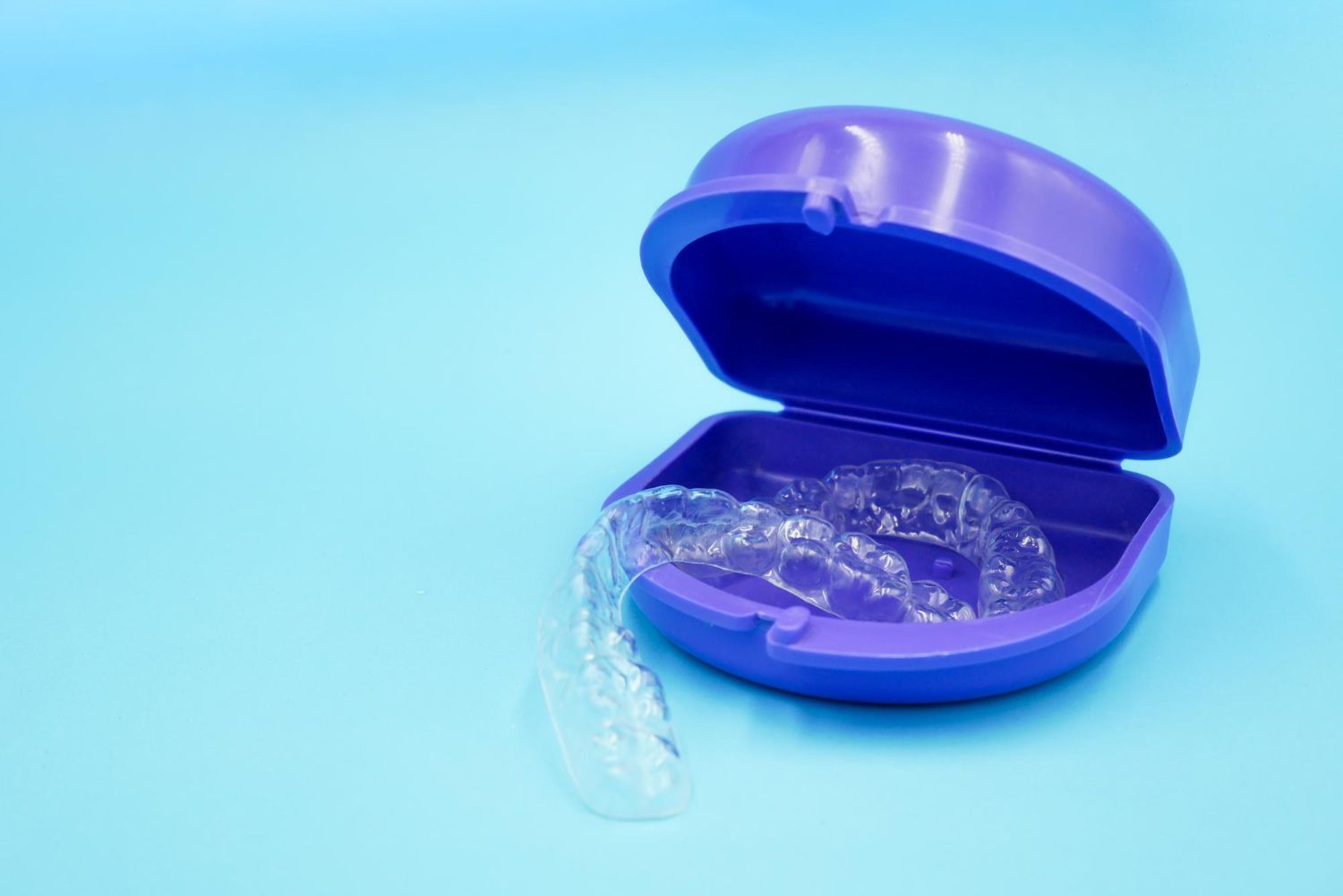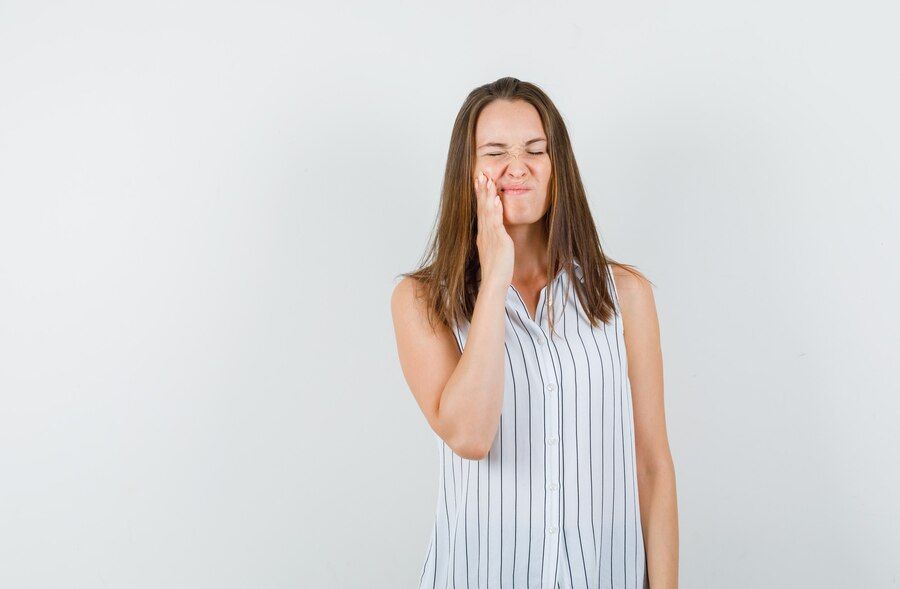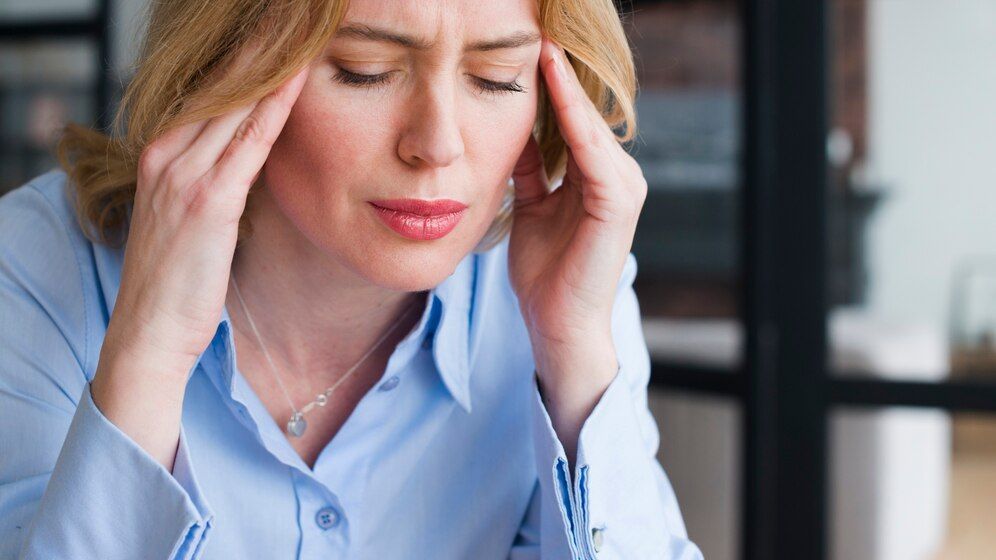Effective CPAP Alternatives for Sleep Apnea Treatment: An In-Depth Guide
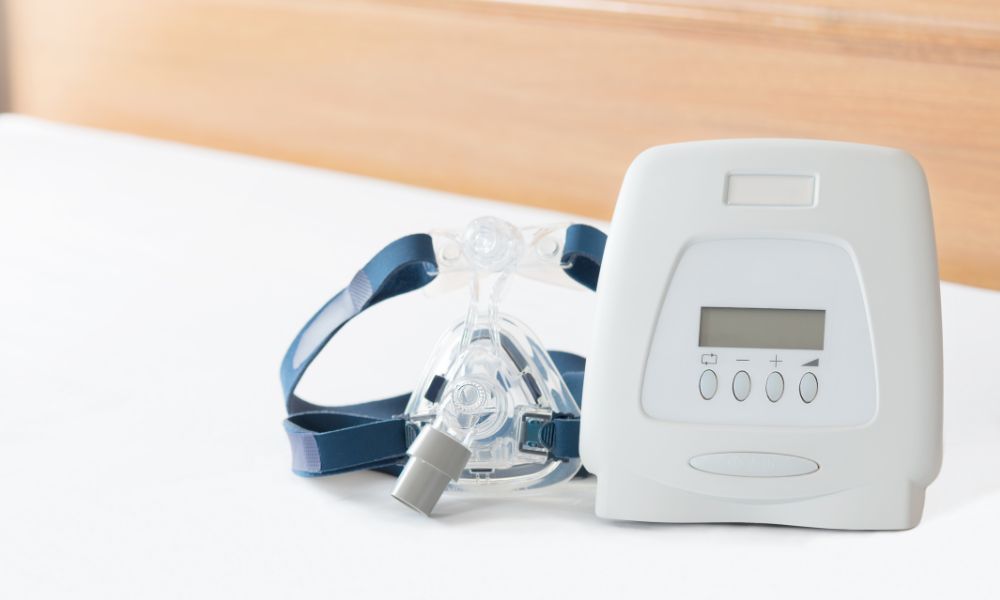
Continuous Positive Airway Pressure (CPAP) is a common treatment for sleep apnea that sends a constant flow of pressurized air into a patient's upper airway to prevent its collapse during sleep. While CPAP can be effective, it's not the only solution, and it's not suitable for everyone. Many individuals cannot tolerate the discomfort of the mask, the noise of the machine, or the inconvenience of the bulky device, leaving them seeking alternative treatment options.
Understanding sleep apnea and the necessity of effective treatment is crucial to maintaining overall health. Sleep apnea is a debilitating sleep disorder characterized by frequent interruptions in breathing throughout the night due to a partial or complete blockage of the airway. If left untreated, sleep apnea can lead to more severe health conditions such as hypertension, heart disease, stroke, diabetes, and depression.
At Fuller Sleep & TMJ Solutions, we prioritize patient education and strive to provide extensive information about sleep apnea and its treatment options. We believe that several approaches can be tailored to suit individual needs, and alternatives to CPAP can be just as effective, if not more so, for many patients. This includes innovative solutions like oral appliance therapy, positional therapy, and lifestyle modifications.
In this upcoming blog, we will dive deep into the world of CPAP alternatives. We'll explore how they work, their effectiveness, pros and cons, and who might be the best candidates for each alternative. By offering valuable insights and practical expert advice, our goal is to help you make informed decisions about your sleep health.
Oral Appliance Therapy – A Comfortable, Effective Alternative
Oral appliance therapy is a popular and effective alternative to CPAP for individuals with mild to moderate sleep apnea. Here, we'll discuss the benefits and potential drawbacks of this treatment option.
- How Oral Appliances Work: Custom-made oral appliances are worn during sleep to help maintain an open airway by either repositioning the lower jaw or holding the tongue in place.
- Benefits: Oral appliances are non-invasive, portable, quiet, and more comfortable than CPAP, allowing for higher patient compliance and yielding better overall treatment results.
- Potential Drawbacks: Some patients might experience jaw discomfort or tooth movement. It is essential to have the appliance properly fitted by an experienced professional to minimize these risks.
Positional Therapy – Keeping Positional Sleep Apnea in Check
For those whose sleep apnea is primarily positional (worse or only occurs when sleeping on their back), positional therapy could offer a simple, non-invasive solution.
- Sleep Position Devices: Positional therapy involves using devices such as sleep position trainers, belts, or pillows that help to keep the person sleeping on their side.
- Benefits: Positional therapy is affordable, non-invasive, and easy to implement. It tends to have a high success rate for positional sleep apnea sufferers.
- Potential Drawbacks: Positional therapy may not be suitable for individuals who require a higher degree of intervention or those with central sleep apnea.
Lifestyle Changes for Sleep Apnea Management
Addressing certain lifestyle factors can help manage sleep apnea symptoms and even improve the effectiveness of other treatment methods.
- Weight Loss: Losing excess weight can significantly reduce the severity of sleep apnea, as fat build-up around the neck may contribute to airway obstruction.
- Regular Exercise: Engaging in regular physical activity can strengthen respiratory muscles, increase lung capacity, and improve overall sleep quality.
- Avoiding Alcohol and Sedatives: Alcohol and sedatives can lead to muscle relaxation, including the muscles controlling the airways, which may worsen sleep apnea symptoms.
- Quitting Smoking: Smoking increases inflammation and fluid retention in the airways, which can exacerbate sleep apnea. Quitting smoking can provide relief from sleep apnea symptoms.
Surgical Interventions – When CPAP and Other Alternatives Aren't Enough
In some cases, surgery may be required to treat sleep apnea effectively, especially when other treatment methods have proven unsuccessful.
- Uvulopalatopharyngoplasty (UPPP): This surgical procedure involves the removal of excess tissue from the throat, including the uvula and part of the soft palate, to widen the airway.
- Genioglossus Advancement (GA): GA aims to reposition the tongue forward by surgically advancing the attachment of the genioglossus muscle, thereby improving airway size and reducing sleep apnea symptoms.
- Maxillomandibular Advancement (MMA): MMA is a more invasive procedure that entails moving both the upper (maxilla) and lower (mandible) jaws forward, significantly expanding the airway size.
- Hypoglossal Nerve Stimulation: This innovative treatment involves the implantation of a device that stimulates the hypoglossal nerve to keep the tongue from blocking the airway during sleep.
Final Thoughts
Sleep apnea is a complex and potentially debilitating sleep disorder that requires individualized treatment approaches. CPAP is a common and effective solution; however, it's important to recognize that multiple CPAP alternatives are available for those who find this treatment method challenging. By exploring various treatments such as oral appliance therapy, positional therapy, lifestyle changes, and surgical interventions, patients can ultimately attain better sleep quality and improved overall health.
Always consult with a qualified sleep specialist like the team at Fuller Sleep & TMJ Solutions Dental Sleep Apnea Clinic, who will assess your unique circumstances and recommend the most appropriate treatment plan for your needs. Contact us today for more information on sleep apnea treatment options without CPAP in Greensboro, NC!

